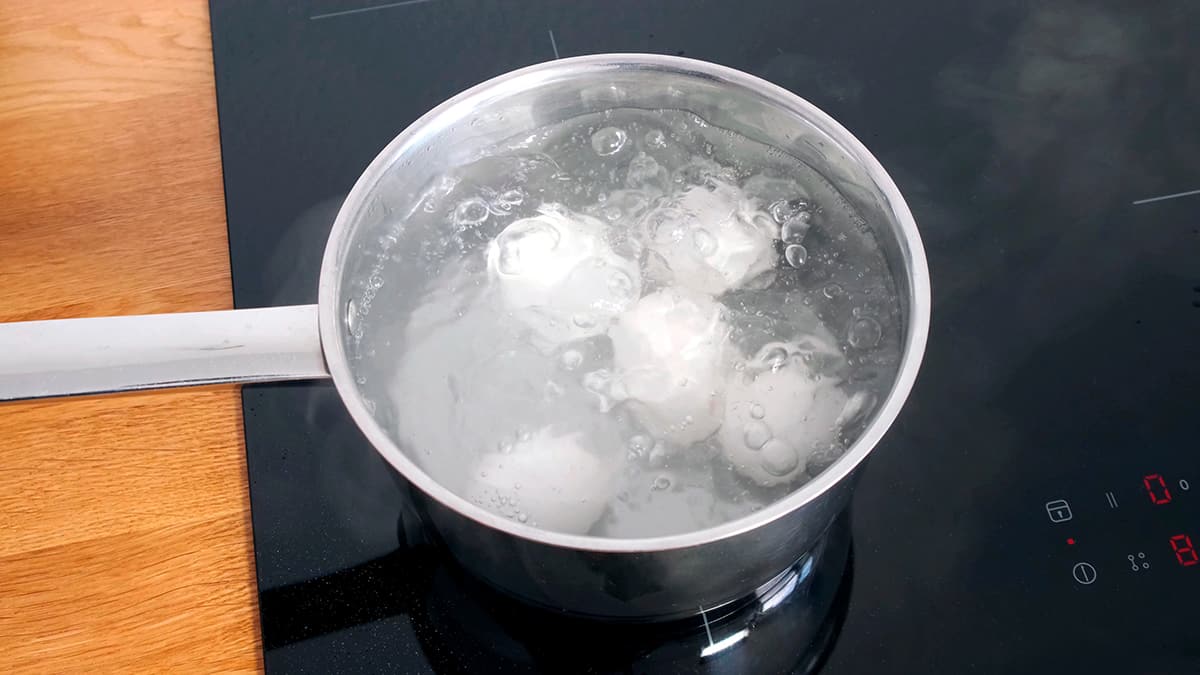

Articles
What Number Is Simmer On Induction Cooktop
Modified: March 20, 2024
Discover the perfect simmer temperature on an induction cooktop. Read our insightful articles to find out the exact number for achieving the best results.
(Many of the links in this article redirect to a specific reviewed product. Your purchase of these products through affiliate links helps to generate commission for Storables.com, at no extra cost. Learn more)
Introduction
Induction cooktops have gained popularity in recent years for their efficiency and precision in cooking. Unlike traditional gas or electric cooktops, induction cooktops use electromagnetic fields to directly heat the cookware, resulting in faster and more controlled cooking. However, for those new to induction cooking, understanding the various settings and functions can be a bit confusing.
One important feature of induction cooktops is the simmer setting. Simmering is a cooking technique where food is gently cooked over low heat for an extended period of time. This is commonly used for soups, sauces, and delicate dishes that require slow and even heating. While most induction cooktops offer a simmer setting, the actual temperature and power levels can vary depending on the model.
In this article, we will delve into the importance of simmering on induction cooktops, how to determine the simmer setting, factors that affect simmering, and tips on achieving the perfect simmer on an induction cooktop.
Key Takeaways:
- Mastering the simmer setting on your induction cooktop is essential for enhancing flavors, tenderizing meat, and preserving nutrients. Experiment with power levels, cookware, and techniques to achieve perfect simmering results.
- Understanding the factors that affect simmering, utilizing helpful tips, and practicing different techniques will help you achieve optimal results when simmering on your induction cooktop. Embrace the art of gentle, precise cooking for flavorful dishes every time.
Understanding Induction Cooktops
To fully grasp the concept of simmering on an induction cooktop, it’s essential to understand how these cooktops work. Induction cooktops use electromagnetic induction to heat the cooking vessel directly. The cooktop itself doesn’t generate heat; instead, it creates a magnetic field that induces a current in the cookware, generating heat. This electromagnetic heating technology allows for precise temperature control and quick heat responsiveness.
Induction cooktops are equipped with a series of coils beneath the glass surface. When the cooktop is turned on and a compatible pot or pan is placed on it, an electric current flows through the coils, creating a magnetic field. This magnetic field then generates heat within the cookware, heating the food inside. This process ensures that the heat is evenly distributed and contained within the cooking vessel, resulting in efficient cooking and reduced energy consumption.
Unlike traditional gas or electric cooktops, induction cooktops offer immediate and precise heat adjustments. They have the ability to reach high temperatures quickly, making them ideal for tasks such as boiling water or searing meats. Additionally, induction cooktops provide consistent heating throughout the cooking process, minimizing the risk of scorching or burning food.
Another advantage of induction cooktops is their safety features. Since induction cooktops only heat the cookware and not the surrounding surface, the cooktop remains relatively cool to the touch. This not only reduces the risk of accidental burns but also makes the cleaning process much easier.
Overall, understanding how induction cooktops work and their unique benefits sets the foundation for effectively utilizing the simmer setting and achieving optimal results in your cooking.
Importance of Simmering on Induction Cooktops
Simmering is a crucial technique in cooking that allows for gentle, slow, and even heat distribution. It is particularly important when using induction cooktops due to their fast and precise heating capabilities. Here are a few reasons why simmering is essential on induction cooktops:
- Enhanced Flavor Development: Simmering allows flavors to meld together and develop more fully. It is especially beneficial when making soups, stews, and sauces, as the low heat helps extract the delicate flavors from ingredients like herbs, spices, and vegetables.
- Tenderizing Tough Cuts of Meat: Simmering is an excellent technique for tenderizing tougher cuts of meat. The low and slow cooking process breaks down collagen and connective tissues, resulting in tender and succulent meat. This is particularly important when using induction cooktops, as their precise temperature control ensures the meat is cooked evenly without overcooking.
- Preventing Overcooking: Induction cooktops offer quick heat response, which can be advantageous in many cooking methods. However, this responsiveness can also lead to overcooking if not monitored closely. Simmering helps maintain a low and consistent temperature, preventing food from overheating or becoming overcooked.
- Preserving Nutrients: Simmering is a gentle cooking technique that helps retain the nutritional value of the ingredients. The slow heat helps minimize nutrient loss, ensuring that the food remains nutritious and flavorful.
- Reduced Energy Consumption: Using the simmer setting on your induction cooktop allows for energy-efficient cooking. Since simmering requires lower heat, it consumes less electricity or gas compared to higher heat settings. This not only saves energy but also reduces utility costs.
By understanding the importance of simmering on induction cooktops, you can make the most of this versatile cooking technique and create delicious, flavorful meals with ease.
Determining the Simmer Setting on an Induction Cooktop
When it comes to determining the simmer setting on an induction cooktop, it’s essential to understand that there is no universal standard across all cooktop models. The specific simmer setting and temperature range can vary from one manufacturer to another. However, there are a few general guidelines you can follow to find the optimal simmer setting on your induction cooktop:
- Refer to the User Manual: The first step in determining the simmer setting is to consult the user manual that comes with your induction cooktop. The manual usually provides detailed information about the different power levels and temperature settings, including the specific simmer setting.
- Experiment with Power Levels: Induction cooktops typically come with multiple power levels or heat settings. Start by setting the cooktop to the lowest power level and gradually increase it until you achieve the desired simmer. Take note of the power level and temperature setting that yielded the best results for future reference.
- Use a Simmer Plate: If your induction cooktop does not have a dedicated simmer setting or the lowest power level is still too high for simmering, you can use a simmer plate or heat diffuser. These accessories are placed between the cooktop and the cooking vessel to create a buffer, reducing the heat intensity and allowing for gentle simmering.
- Watch for Bubbles: The visual indication of simmering is the formation of small bubbles just below the surface of the liquid. Keep an eye on the pot or pan as it heats up and adjust the power level accordingly to maintain the simmer. Too high of a power level can cause the liquid to come to a boil, while too low of a power level may not provide enough heat for simmering.
- Consider Pot Size and Type: The size and type of the cooking vessel can also affect the simmering process. Smaller pots or pans tend to heat up more quickly, so you may need to lower the power level to achieve a simmer. Additionally, pots with thicker bottoms or those made of materials with high heat conductivity, such as stainless steel or copper, may require lower power levels for simmering.
Remember, it may take some trial and error to find the ideal simmer setting on your induction cooktop. Don’t be discouraged if it takes a few attempts to get it just right. With practice and experience, you will become familiar with the optimal settings for simmering on your specific cooktop.
When using an induction cooktop, the ideal simmer setting is around 180-200°F (82-93°C). This low and gentle heat will help to slowly cook and infuse flavors without boiling or burning the food.
Factors Affecting Simmering on Induction Cooktops
Simmering on an induction cooktop can be influenced by various factors that affect the heat transfer and overall cooking performance. Understanding these factors can help you achieve optimal simmering results. Here are some key factors to consider:
- Cookware Material: The type of cookware you use can significantly impact simmering on an induction cooktop. Induction cooktops require cookware with a magnetic base to generate heat. Materials such as cast iron, stainless steel, and enameled cast iron are highly compatible with induction cooktops and provide even heat distribution for simmering.
- Cookware Size and Shape: The size and shape of your cookware can affect simmering as well. A wider and shallower pan will allow for faster evaporation and may require a lower heat setting to maintain a simmer. On the other hand, a taller and narrower pot may retain heat better and need a slightly higher heat setting.
- Cookware Thickness: The thickness of the cookware’s bottom can impact heat conductivity. Thicker-bottomed cookware may require a higher heat setting to achieve a simmer, while thinner-bottomed pots and pans may reach a simmer more quickly.
- Induction Cooktop Power Levels: Each induction cooktop comes with different power levels, and these levels determine the intensity of the heat. Adjusting the power level can affect the simmering temperature. Lower power levels are generally better for simmering, while higher levels may bring the liquid to a boil.
- Liquid Volume and Viscosity: The amount of liquid in your pot and its viscosity impact simmering as well. A larger volume of liquid will take longer to heat up, while a smaller volume may heat up more quickly. Additionally, liquids with higher viscosity, such as thick sauces or stews, may require slightly higher heat settings for simmering.
- Ambient Room Temperature: The ambient room temperature can affect the overall heat transfer and cooking time on an induction cooktop. If the room is colder, you may need to increase the heat level slightly to compensate.
- External Ventilation: The presence or absence of external ventilation, such as an overhead hood or exhaust fan, can impact the simmering process. Proper ventilation can help regulate the cooking temperature by dissipating excess heat and reducing the risk of the liquid reaching a boil.
It’s important to take these factors into account when simmering on an induction cooktop. By understanding how they can influence the cooking process, you can make the necessary adjustments to achieve the perfect simmer for your desired recipe.
Read more: What Is An Induction Cooktop?
Tips for Simmering on an Induction Cooktop
Simmering on an induction cooktop can be a delicate process, but with a few helpful tips, you can master the art of gentle, low-heat cooking. Here are some tips to keep in mind when simmering on an induction cooktop:
- Start with the Lowest Power Level: Begin by setting the induction cooktop to the lowest power level available. This will provide a gentle heat that is less likely to bring the liquid to a boil too quickly. If necessary, you can adjust the power level later to achieve the desired simmer.
- Use a Lid: Covering the pot or pan with a lid helps retain heat and maintain a steady simmer. It also prevents evaporation, allowing your dish to simmer for a longer period of time without losing too much liquid.
- Monitor Liquid Temperature: Keep an eye on the temperature of the liquid in your pot. If it starts to approach a boil, reduce the heat or switch to a lower power level to maintain the simmer. It’s important to strike a balance between maintaining a gentle simmer and preventing the liquid from boiling over.
- Stir Occasionally: Give your dish a gentle stir from time to time to ensure even heat distribution. This helps prevent any hot spots and ensures that all ingredients are simmering at a consistent temperature.
- Adjust Cooking Time: Simmering on an induction cooktop may require slightly shorter cooking times compared to other cooking methods. The efficiency of induction cooktops allows for faster heat transfer, so keep an eye on your recipe and adjust the cooking time accordingly to avoid overcooking.
- Consider Using a Simmer Mat: If you find that the lowest power level on your induction cooktop is still too high for simmering, consider using a simmer mat or heat diffuser. These accessories create a barrier between the cooktop and your pot, reducing the heat intensity and allowing for more precise control over the simmering temperature.
- Make Use of a Timer: Utilize the timer function on your induction cooktop or set a separate kitchen timer to ensure that you maintain the simmer for the recommended cooking duration. This helps prevent overcooking and ensures that you achieve the desired results for your recipe.
- Practice and Experiment: Simmering on an induction cooktop may require some trial and error, as each cooktop model can vary in terms of power levels and temperature settings. Take the time to familiarize yourself with your specific cooktop and practice different simmering techniques to find the approach that works best for you.
By following these tips, you can achieve perfect results when simmering on your induction cooktop. Remember, practice and experimentation are key, so don’t be afraid to adjust heat levels and cooking times to suit your preferences and the requirements of your recipe.
Conclusion
Simmering on an induction cooktop may initially seem complex, but with a good understanding of how these cooktops work and some helpful tips, you can achieve excellent simmering results. Simmering is a vital technique that allows flavors to develop, tenderizes tough cuts of meat, prevents overcooking, preserves nutrients, and reduces energy consumption.
When determining the simmer setting on your induction cooktop, consult the user manual for specific information, experiment with power levels, consider using a simmer plate if needed, and watch for the formation of small bubbles as a visual indication of simmering. Factors that affect simmering include cookware material, size, and thickness, induction cooktop power levels, liquid volume and viscosity, ambient room temperature, and external ventilation.
To ensure successful simmering, start with the lowest power level, use a lid to retain heat, monitor the liquid temperature, stir occasionally for even heat distribution, adjust cooking times for faster heat transfer, consider using a simmer mat if necessary, utilize a timer, and don’t be afraid to practice and experiment with different techniques.
In conclusion, mastering the art of simmering on an induction cooktop takes time and practice. By using the tips and techniques mentioned in this article, you can enjoy the benefits of gentle and precise cooking on your induction cooktop, resulting in delicious, flavorful, and perfectly simmered dishes every time.
Frequently Asked Questions about What Number Is Simmer On Induction Cooktop
Was this page helpful?
At Storables.com, we guarantee accurate and reliable information. Our content, validated by Expert Board Contributors, is crafted following stringent Editorial Policies. We're committed to providing you with well-researched, expert-backed insights for all your informational needs.
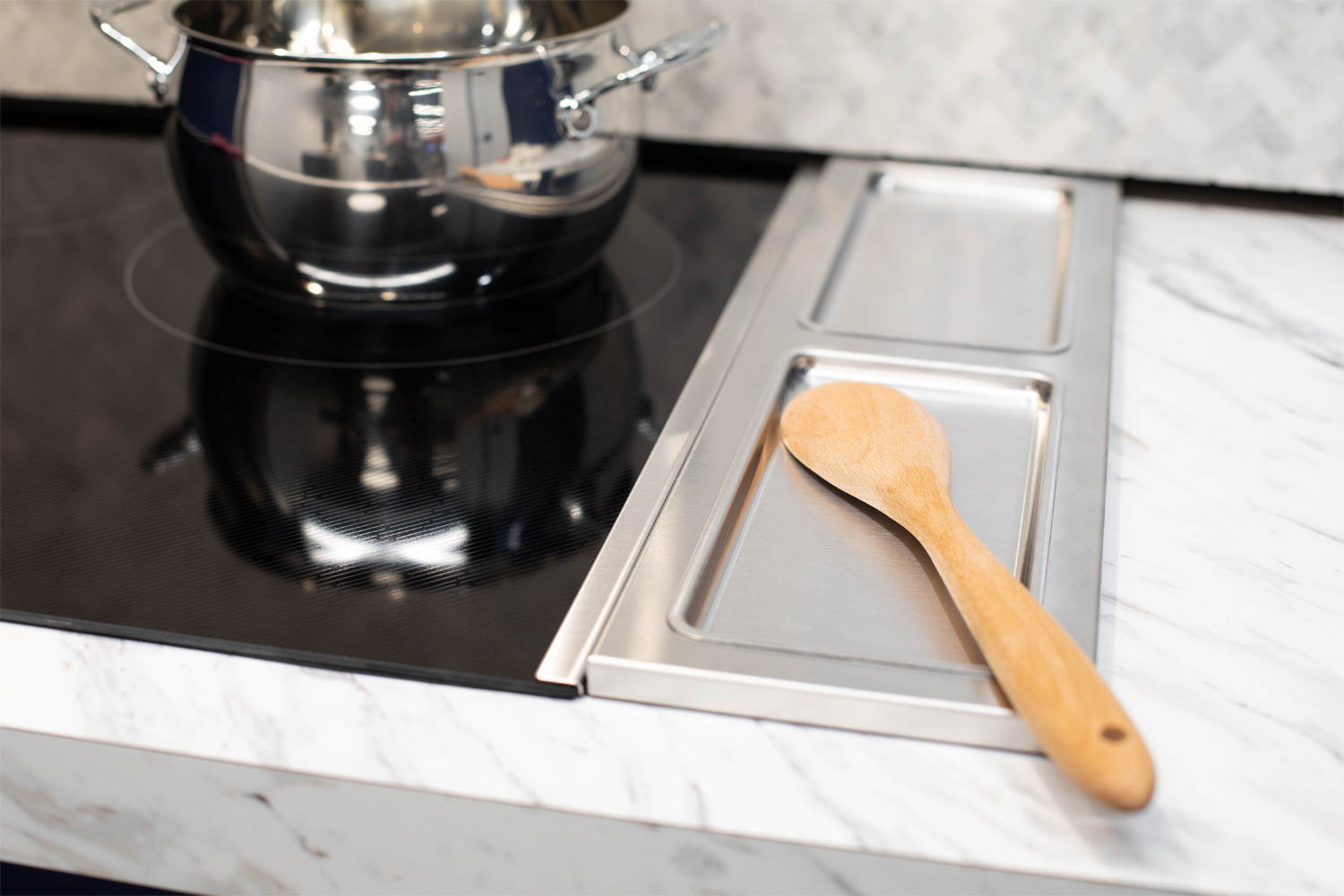
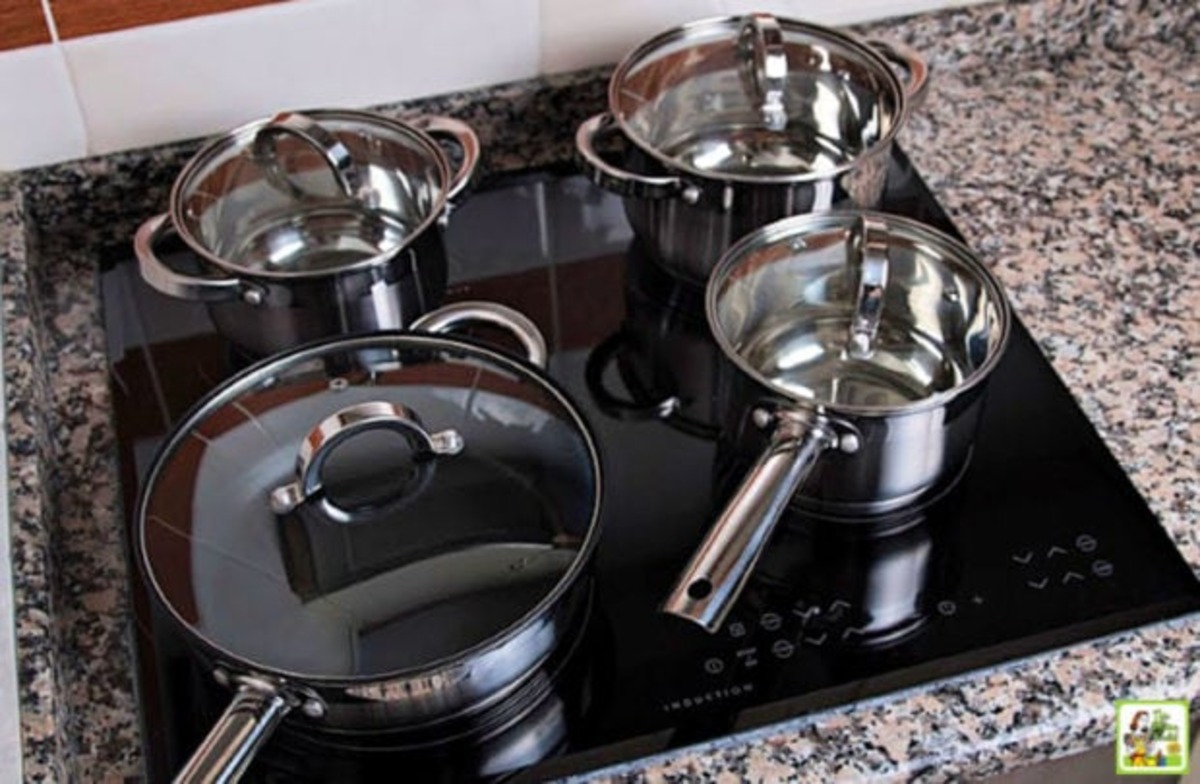
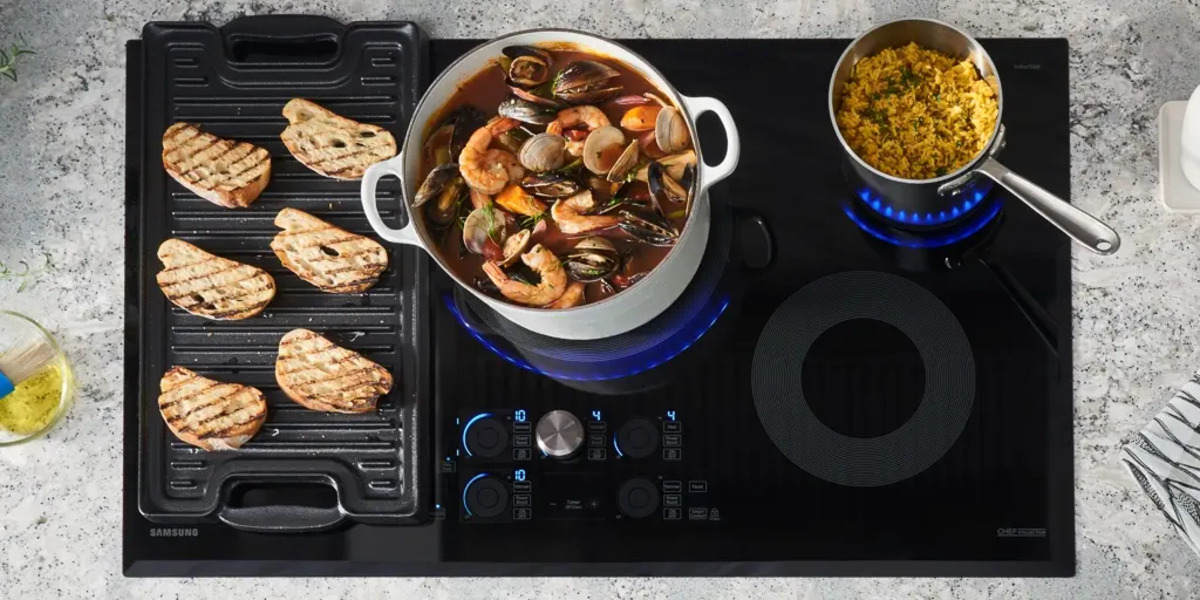
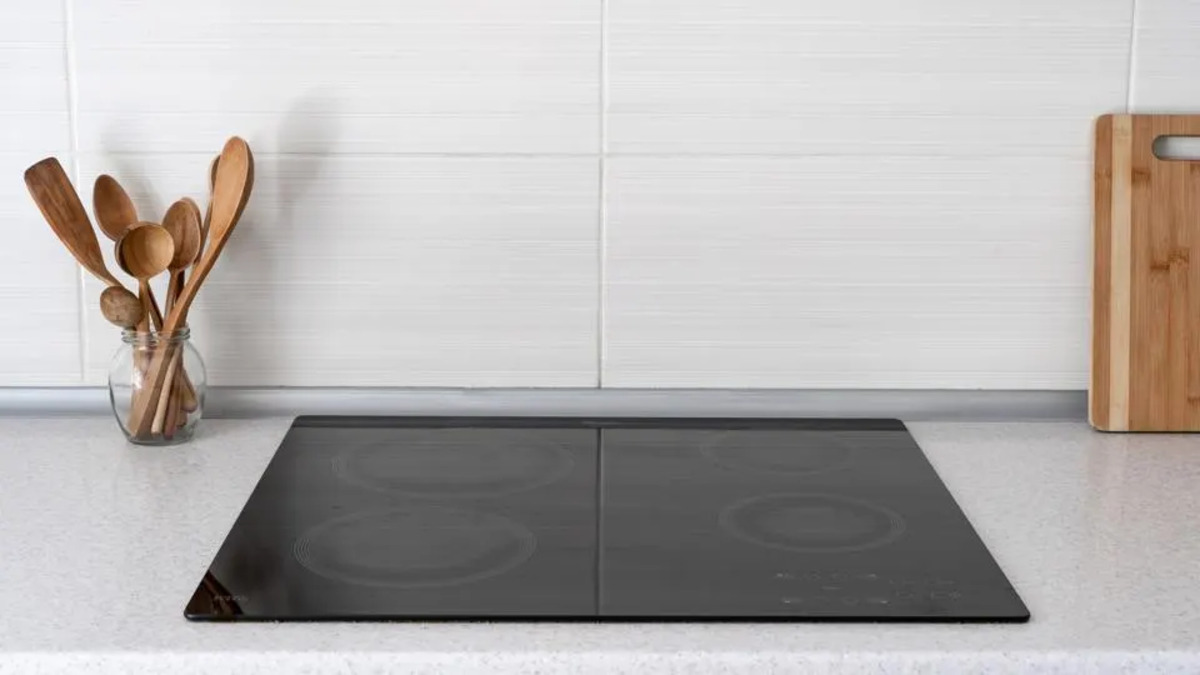
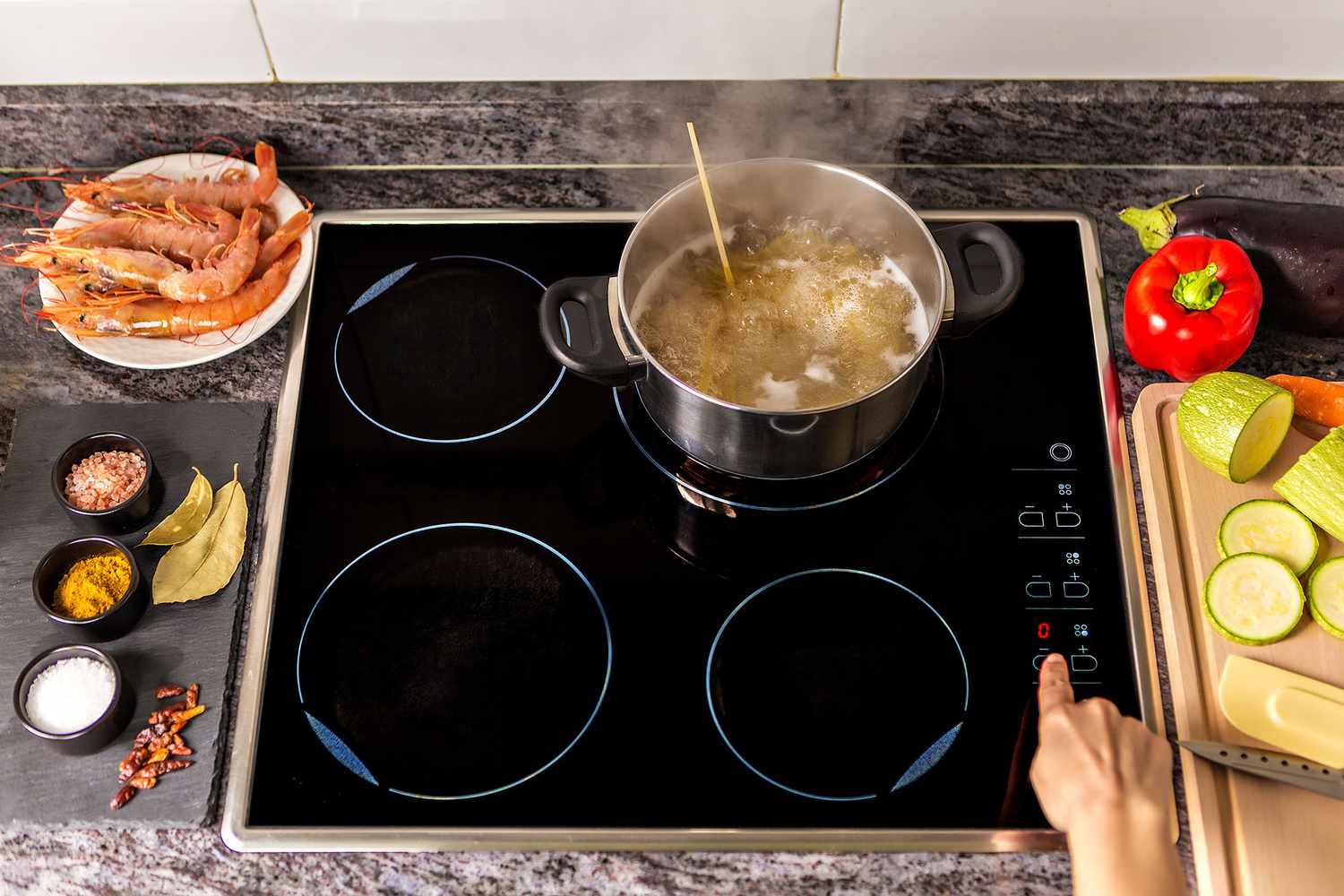
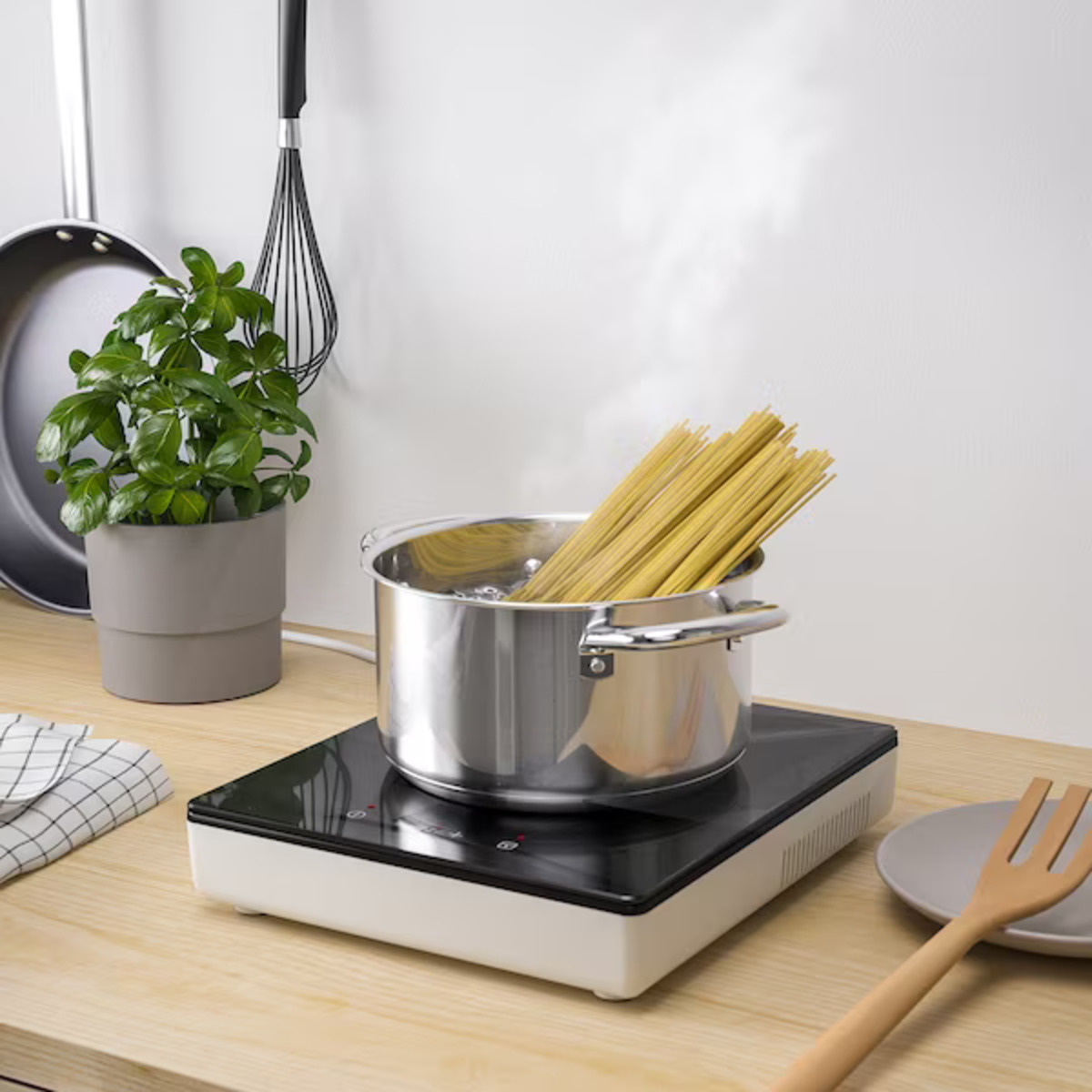
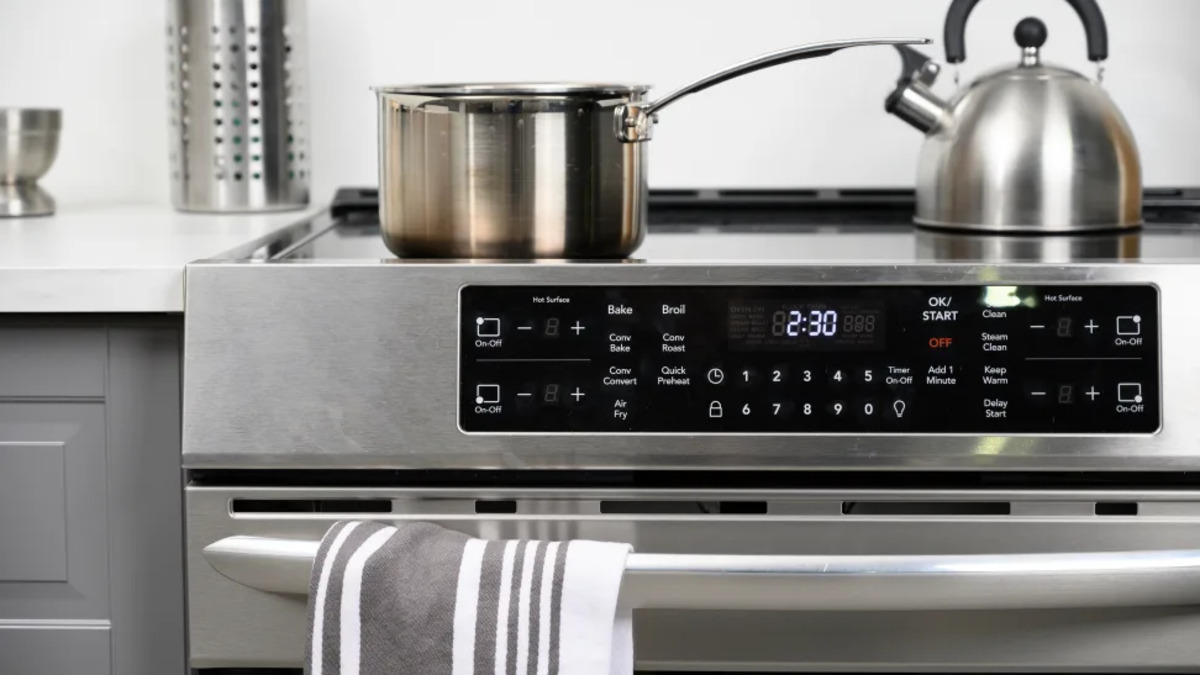
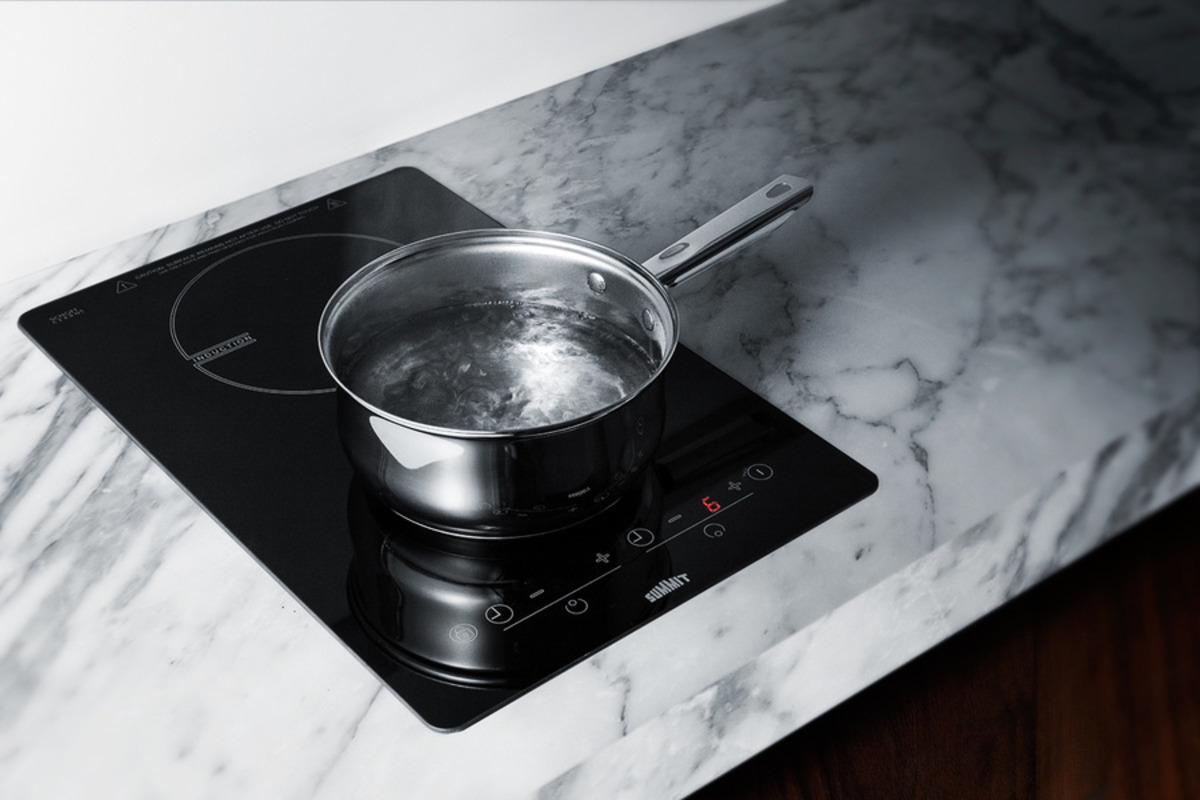
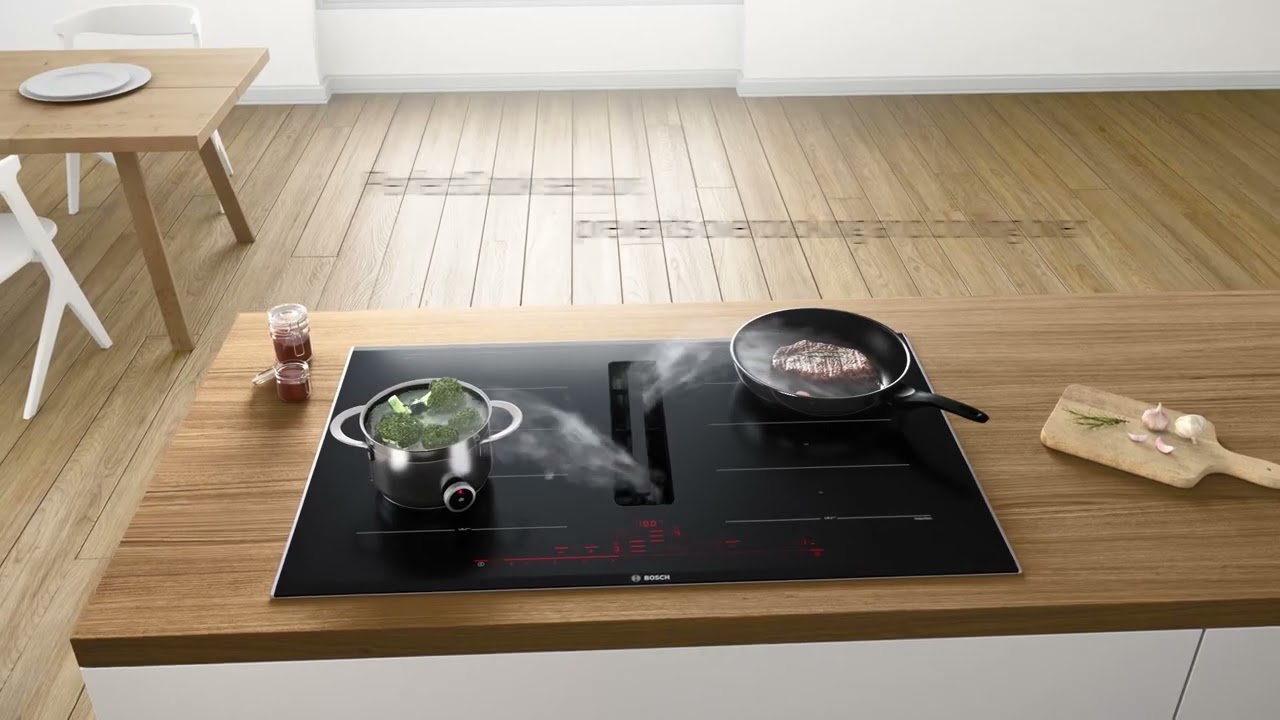

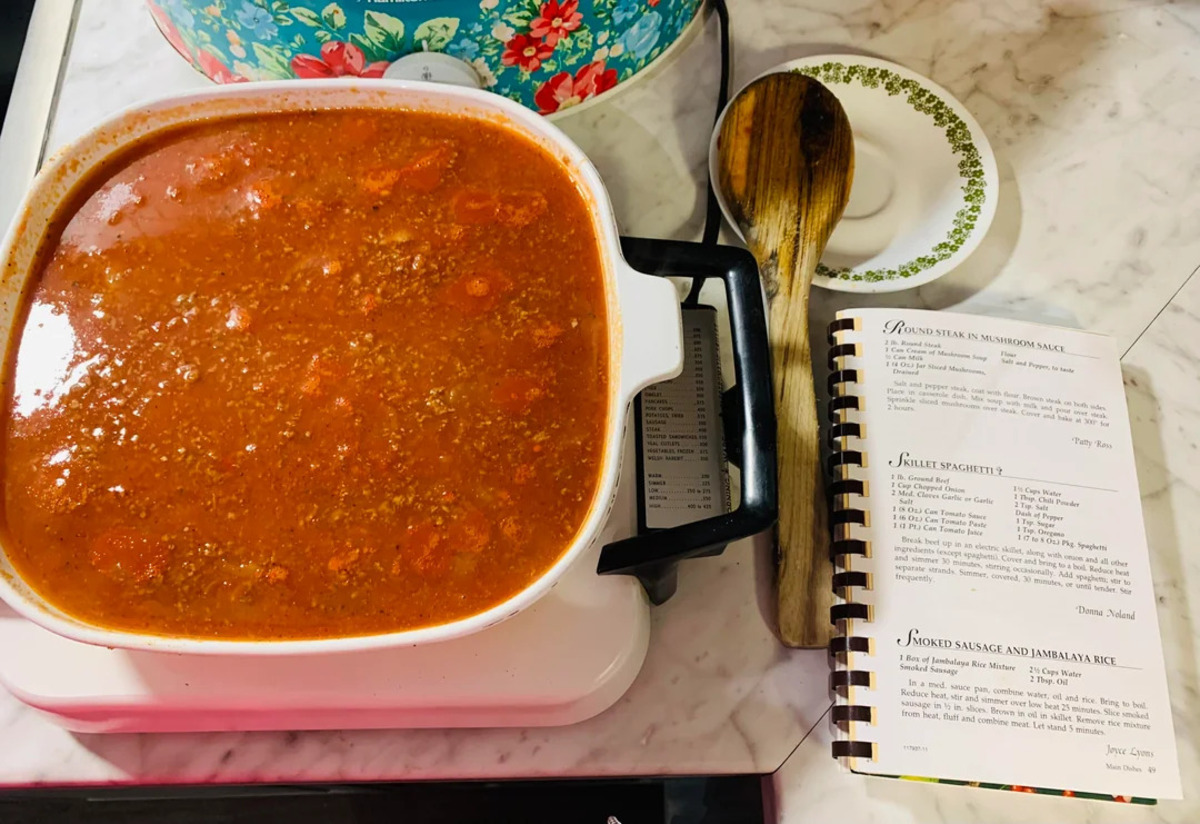
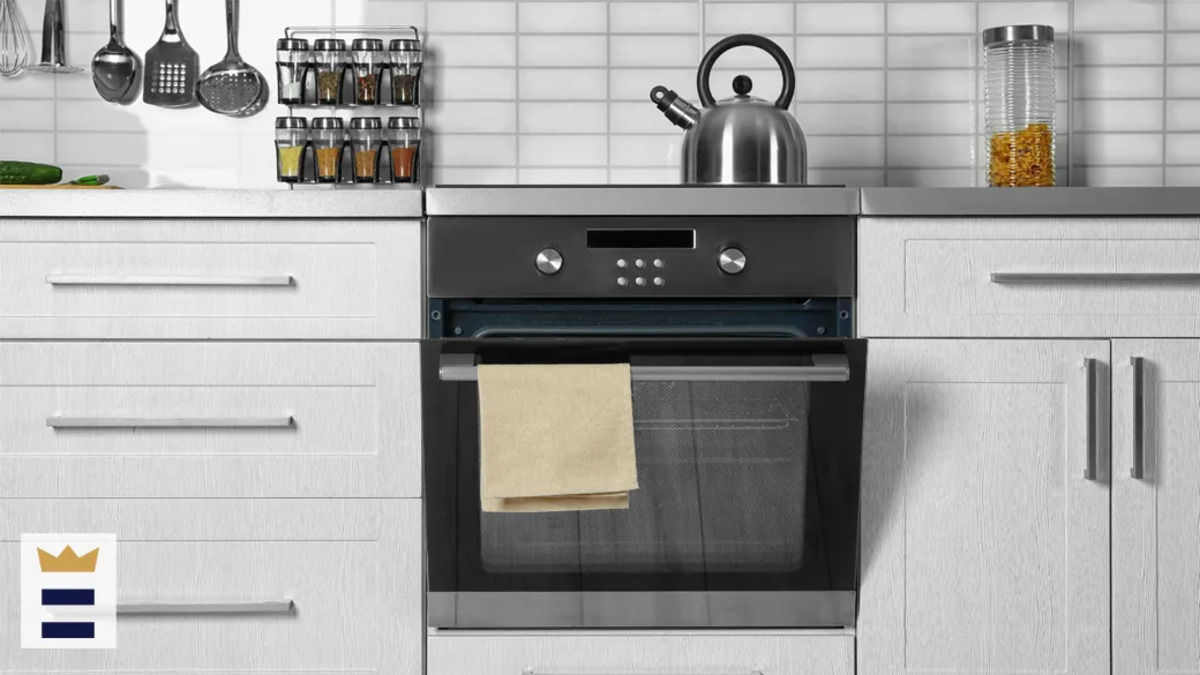
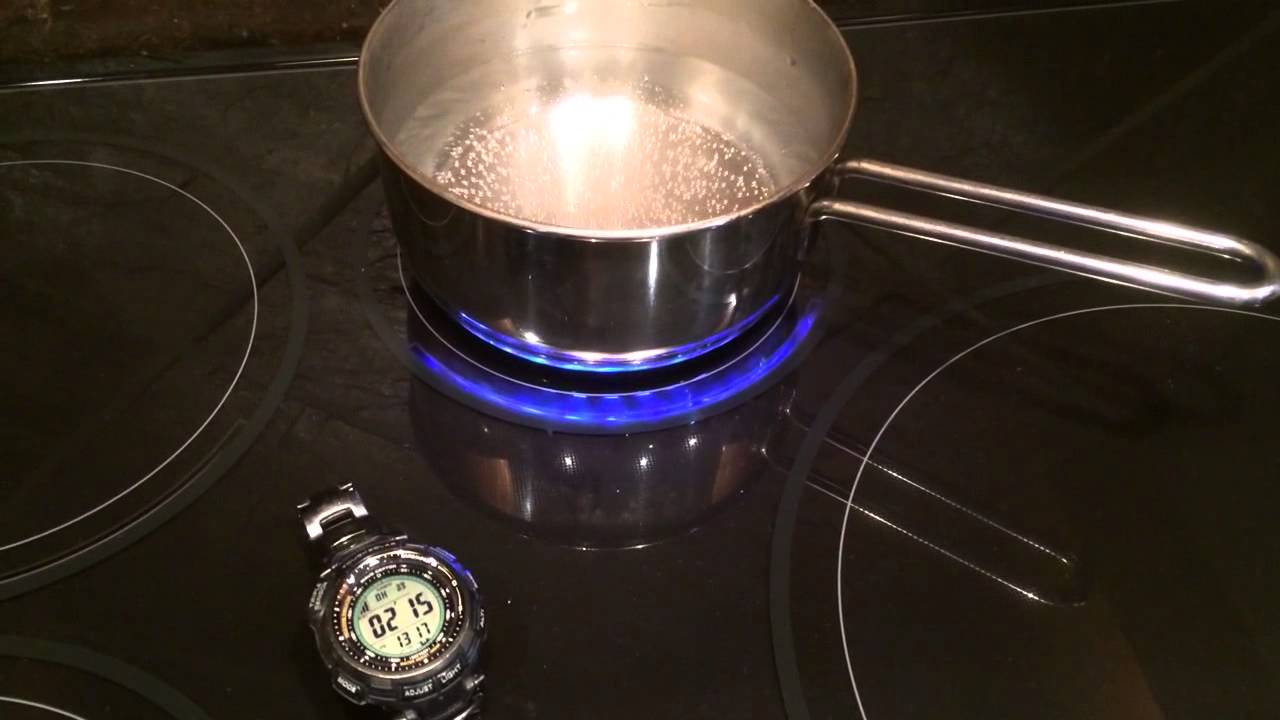
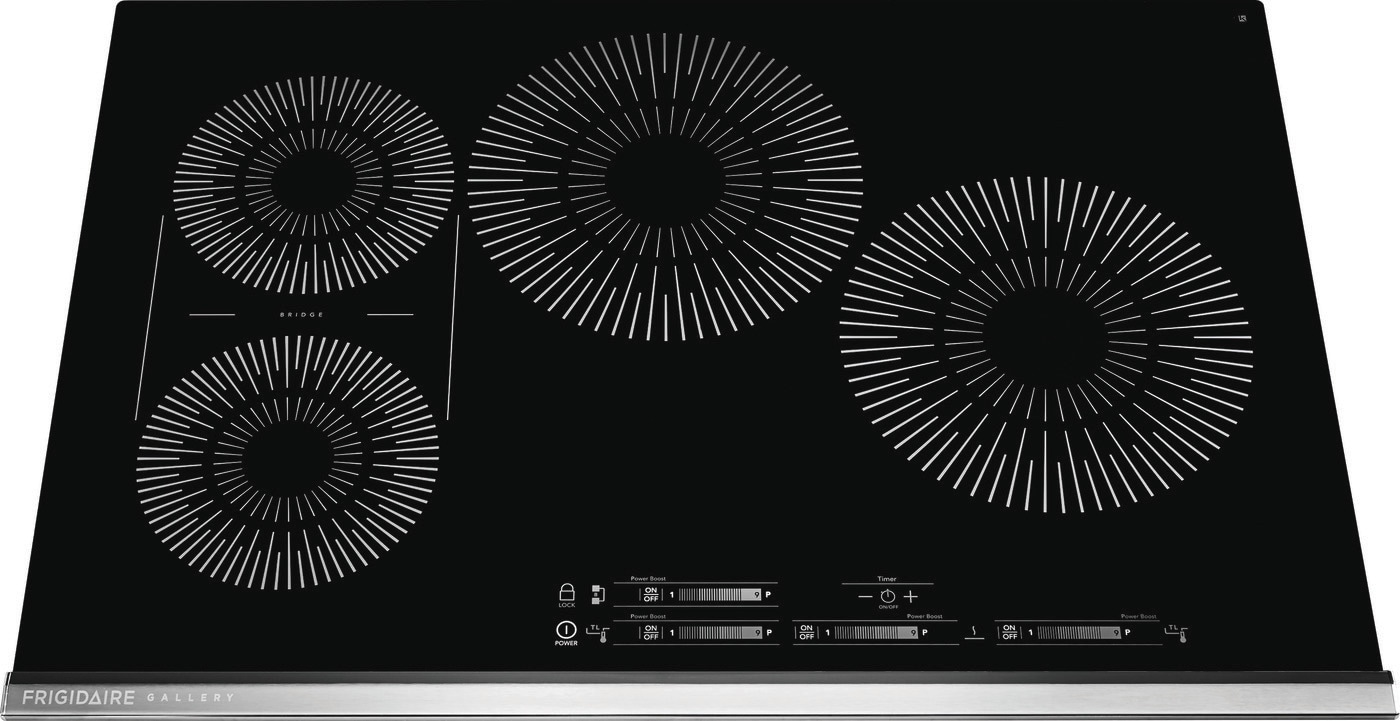

0 thoughts on “What Number Is Simmer On Induction Cooktop”